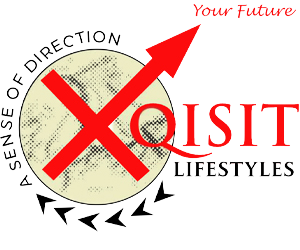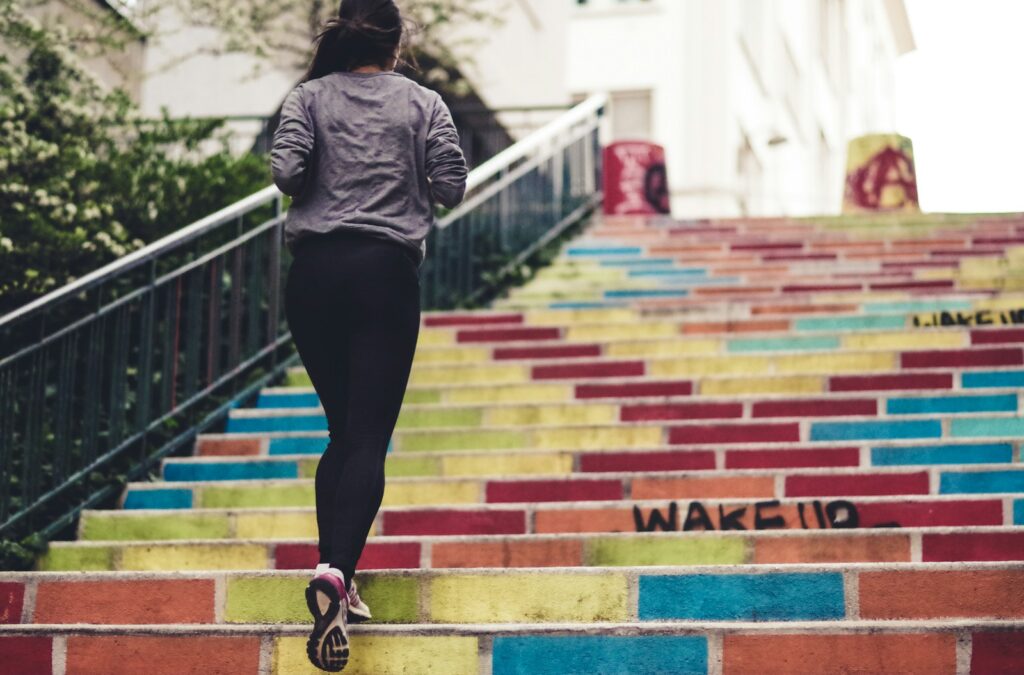The time it takes to recover from iron deficiency depends on how severe the deficiency is and how well you stick to the treatment plan.
When your doctor tells you that you have iron deficiency, it means your body doesn’t have enough iron, a crucial mineral that plays a key role in many bodily functions, especially in producing hemoglobin. Hemoglobin is the protein in red blood cells responsible for carrying oxygen from your lungs to the rest of your body. Without enough iron, your body can’t produce enough healthy red blood cells, leading to a condition known as iron deficiency anemia.
Understanding Iron Deficiency
Iron deficiency is a common issue and can affect people of all ages, but it’s especially prevalent among women of childbearing age, children, and people with certain medical conditions. When you don’t have enough iron, your body struggles to produce enough hemoglobin, which means less oxygen is delivered to your tissues and organs. This can leave you feeling tired, weak, and short of breath.
Symptoms of Iron Deficiency
The symptoms of iron deficiency can vary, and in some cases, they may be mild or even go unnoticed. However, common symptoms include:
- Fatigue and weakness: Feeling unusually tired or weak is one of the most common signs of iron deficiency. Without enough oxygen, your body’s energy levels drop, making you feel constantly drained.
- Pale skin: Iron deficiency can cause your skin to lose its healthy colour. You might notice that your face, the inside of your eyelids, or even your nails are paler than usual.
- Shortness of breath: Since your body isn’t getting enough oxygen, you may find yourself getting winded easily, even after mild activities like walking.
- Dizziness or lightheadedness: A lack of oxygen in your blood can make you feel dizzy, especially when you stand up quickly.
- Cold hands and feet: Poor blood circulation caused by iron deficiency can make your extremities feel cold.
- Brittle nails and hair loss: Your hair and nails may become brittle, and you might experience hair loss as your body prioritises other functions over hair growth.
- Cravings for non-food substances: Some people with iron deficiency develop unusual cravings for things like ice, dirt, or starch, a condition known as pica.
Causes of Iron Deficiency
There are several reasons why you might develop iron deficiency. Understanding these causes can help you and your doctor decide on the best course of action to treat it. Common causes include:
- Inadequate dietary intake: Not consuming enough iron-rich foods is one of the most common causes. This is particularly an issue for people who follow vegetarian or vegan diets if they don’t include enough plant-based iron sources.
- Increased iron needs: Certain life stages or conditions, such as pregnancy, growth spurts in children, and heavy menstruation, can increase your body’s need for iron.
- Blood loss: Significant blood loss, whether from heavy menstrual periods, surgery, injury, or gastrointestinal bleeding (such as from ulcers or hemorrhoids), can deplete your iron levels.
- Inability to absorb iron: Even if you’re eating enough iron, your body might not be absorbing it properly due to conditions like celiac disease, Crohn’s disease, or gastric bypass surgery.
What Should You Do?
If you’ve been diagnosed with iron deficiency, don’t panic—there are several steps you can take to restore your iron levels. Your doctor may suggest dietary changes, supplements, or, in some cases, treatments like iron infusions if your deficiency is severe.
Dietary Changes: Best Foods for Iron
The first line of defence against iron deficiency is often through diet. Incorporating more iron-rich foods into your meals can make a significant difference. There are two types of dietary iron:
- Heme iron: Found in animal products like red meat, poultry, and fish. This type of iron is more easily absorbed by your body.
- Non-heme iron: Found in plant-based foods like beans, lentils, tofu, spinach, and fortified cereals. While non-heme iron isn’t as easily absorbed as heme iron, you can enhance its absorption by eating it with foods rich in vitamin C, like oranges, strawberries, or bell peppers.
Here are some of the best iron-rich foods to include in your diet:
- Red meat (beef, lamb) and organ meats (liver): High in heme iron and easily absorbed.
- Poultry (chicken, turkey): Another good source of heme iron.
- Seafood (oysters, clams, shrimp, tuna): Rich in heme iron.
- Beans and lentils: Excellent sources of non-heme iron.
- Dark leafy greens (spinach, kale): Contain non-heme iron, especially when cooked.
- Fortified cereals: Many breakfast cereals are fortified with iron.
- Nuts and seeds: Pumpkin seeds, cashews, and almonds are good sources.
- Tofu and tempeh: Great plant-based sources of non-heme iron.
Recovery Time
The time it takes to recover from iron deficiency depends on how severe the deficiency is and how well you stick to the treatment plan. If you’re taking iron supplements and eating a diet rich in iron, you might start to feel better within a few weeks. However, it can take several months to fully restore your iron levels. Your doctor will likely monitor your progress with blood tests to ensure your iron levels are improving.
Iron Supplements
If dietary changes alone aren’t enough, your doctor may recommend iron supplements. These come in various forms, including tablets, capsules, and liquids. Here are a few things to keep in mind when taking iron supplements:
- Dosage: Always follow your doctor’s instructions regarding the dosage. Too much iron can be harmful, so it’s important not to exceed the recommended amount.
- Side effects: Some people experience side effects like constipation, nausea, or stomach upset from iron supplements. Taking your supplement with food can help minimise these effects, but be aware that certain foods and drinks (like dairy, coffee, and tea) can reduce iron absorption.
- Consistency: It’s important to take your iron supplement consistently, as prescribed by your doctor. Missing doses can slow down your recovery.
Other Considerations
- Vitamin C: Taking your iron supplement with a source of vitamin C (like orange juice) can help improve absorption.
- Avoid calcium with iron: Calcium can interfere with iron absorption, so try to avoid taking iron supplements with calcium-rich foods or supplements.
Summary
Iron deficiency is a common condition that can leave you feeling tired and weak, but with the right approach, it’s manageable and treatable. Start by incorporating more iron-rich foods into your diet and, if necessary, take iron supplements as directed by your doctor. Pay attention to your body, follow up with your healthcare provider, and make the necessary adjustments to your lifestyle to ensure your iron levels are restored and maintained. By taking these steps, you’ll be well on your way to feeling more energetic and healthy once again.
Discover 'HOW' you CAN change your life in 90 days
>> CLICK HERE <<
Physical Health Mental Health Emotional Wellbeing
Energy and Productivity Disease Prevention Longevity and Quality of Life Enhanced Mood and Mental Clarity
GET 10% OFF YOUR SUPPLEMENTS & NUTRIENTS
*Recommendation*
For ongoing inspiration and guidance, subscribe to "Xqisit Lifestyle Blogs" for daily doses of motivation, practical tips, and the encouragement needed to stay on track. Remember, we become what we think about—so think big, think positive, and take charge of your life today.
Take a moment to digest the information shared with you in today's blog...
Has it been helpful?
According to Charles Darwin's theory of natural selection, individuals who survive are the ones best adapted for their environment.
*Please be helpful to our other likeminded community members*
By simply sharing in the comment box below 'what' and 'why' something in this blog has helped to improve the quality of your HEALTH.
Your comments are VERY MUCH APPRECIATED... Thank YOU!
Sincerely, Prof. Gerald Alexander

